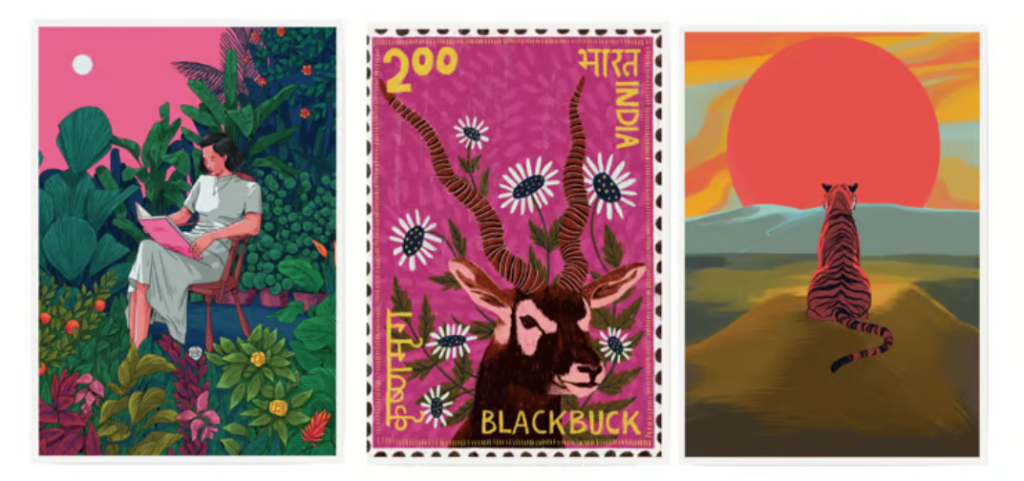India and Graphic Design
India has been developing a great Indian graphic design culture within the region in recent times. Design as we know it is art which is part of a larger pantheon of visual communications, it is in architecture, visual arts, products, fashion, interior decoration, branding, etc. Graphic design in India has also traced its history from the cave paintings in Bhimbetka to the beautiful Islamic influenced Mughal miniatures. Each important art movement and period in our history has impacted Graphic design and the elements within it. Indian graphic design has not been simply influenced by our vast tangible and intangible culture but also our vernacular art forms.
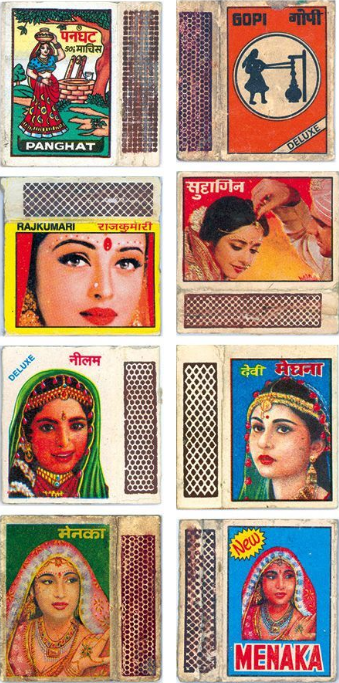
Indianness in Graphic Design
Basic elements such as lines, geometrical patterns, the use of dots also come one way or another from our folk renditions. Indianness in Graphic design is another question now that one must tackle, what is Graphic design in India? Is it the reflection of our culture and social norms within Graphic design? Is it the calendars of Raja Ravi Varma? Is it the stylised designs on our Indian lorries and trucks? Is it the paintings of KG Subramanyan? Is it the Pattachitra paintings from Kolkata? Is it the sketches on the Jain Manuscripts? What defines the confines of Indian Graphic Design?
India has aimed to represent itself in great capacity within Graphic Design, we see examples of the same in our popular culture, in film posters, our logos, the mascots of our big corporations such as Air India, in advertising, in our typography, etc. The ‘Indian’ aspect is very much present and ever-growing. We have in fact found graphic design seeped into the most mundane packaged items such as Match boxes, wrappers of firecrackers, and more..
Graphic Design in Indian Film Posters
We will be delving into a few of these design creations in this article, first we have Film posters. In the 1950s, movie posters were similar to what trailers do now for films, giving the audience a glimpse of what the film is about. Film posters at the beginning were mainly in 2 or 3 colours, soon expanded to more colours and had dramatic poses by the actors and bold typography. Soon, hand painted posters gave way to photographic posters. Finally in the 1990s, graphic design entered the realm and quirky and new elements with the advent of this new technology brought a wave of change in the popular culture of the time.
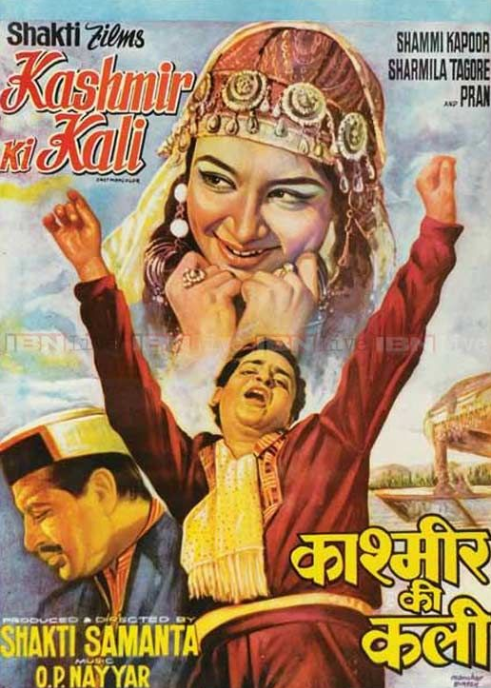
Graphic Design in Daily Commodities
Many international conglomerates such as Taj Mahal Tea and Nescafe had a different branding and marketing strategy for the Indian market and of course this was achieved with the use of Graphic design. Both these designs incorporated Indian elements to enhance its storytelling and being able to sell at a different rate in the country.
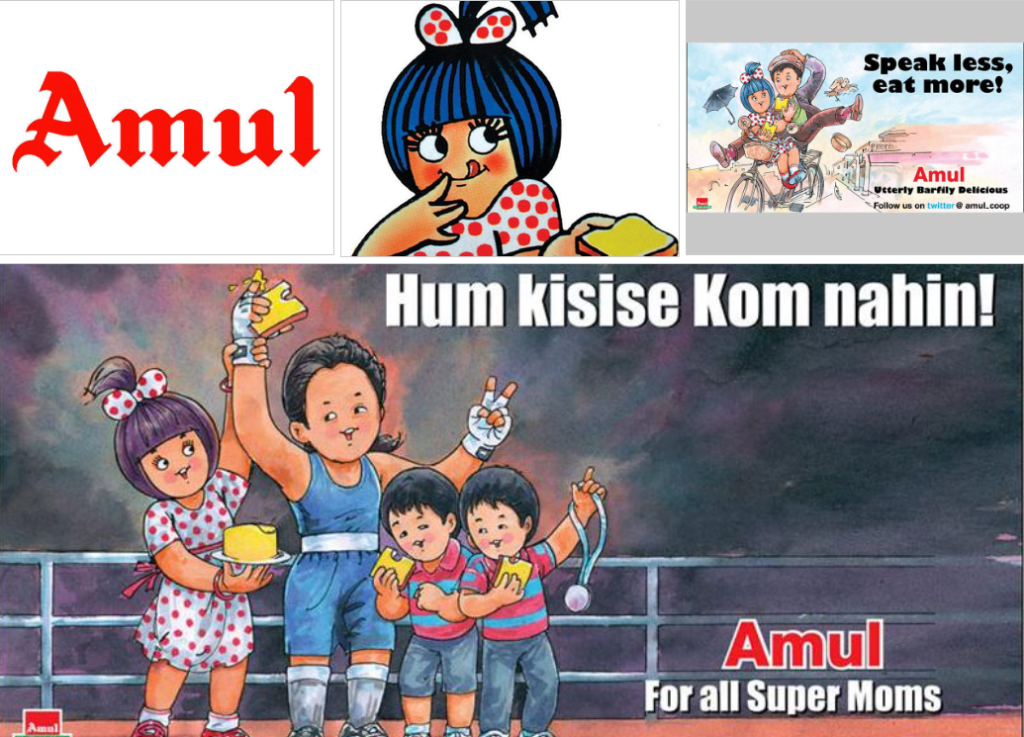
Another famous mascot that was designed was for Air India, anybody who grew up in India in the 90s is aware of the little Maharaja for the airline. The pot bellied maharaja with the twirled moustache was Conceived initially in 1946 by Bobby Kooka, who served as Air-India’s commercial director. It was brought to life by Umesh Rao, an artist affiliated with J. Walter Thompson Ltd., an advertising agency in Mumbai closely collaborating with the airline. Another popular brand is Amul, the Amul topicals which have been going on for 3 decades. The Amul ads which are still popular takes up social issues and is close to the heart of middle class Indians.
The concept for Topical originated from the creative minds of Rahul Da Cunha, alongside copywriter Manish Jhaveri and artist Jayant Rane. Amul Graphics is the perfect blend of imagery and text, the graphic is great humorous take with cute creatives, it has been a functional motif that is going to stay. Graphic design became a great way to read culture and make an impact with the Indian audience, it was a great tool for any advertiser. Many local and national commodities were sold using quirky designs and great taglines. Some more examples of the same are Boroline, the Ayurvedic Antiseptic cream with its bold typography and green background, that was launched by a Bengali entrepreneur in the Pre-independence era. Then we have the Dabur Chawanprash, Buffin soap strips (largest running soaps in the country) and many more such similar items.
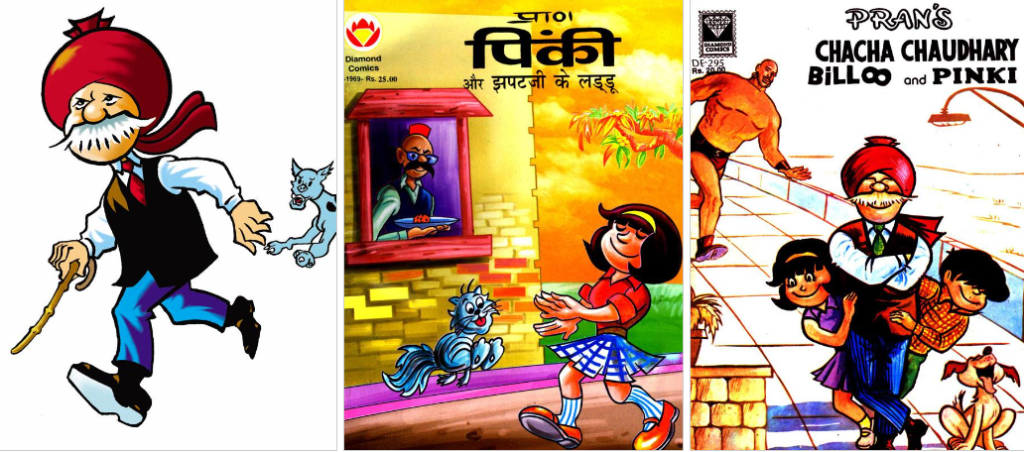
Design truly came on to the forefront with the Chacha Chowdhury comics that began in 1971, made by Pran. He is considered the Father of Indian comics, drawing the small yet sharp witted chacha to fight crime, like our very own Nancy Drew. Then we had the Common Man strip by RK Laxman, the neatly drawn old man with a dhoti was a symbol of hopes, aspirations, and even perhaps the troubles of the average Indian man. The comic was started in 1951 by the Times of India and gained great traction in the country.
Graphic design has been a core aspect of the design culture of India, India is a visual country with various vernacular traditions that has largely impacted its visual culture. There has been a renewed interest in Graphic design in the last decade with more exhibitions and platforms coming up in recent times. These new spaces have been able to give a platform to new-age graphic designers, illustrators as well as showcase contemporary designs. One such platform is the India Design Platform(IDP), then we have DesignIndia, which is a design magazine in India published by Indidesign. Besides that we have had many visual arts exhibitions that have highlighted the role of Graphic design in Indian popular culture for the visitors to learn from. ‘Everyday India’, an exhibition that happened in Mumbai this year. It was an exhibition by Sameer and Zeenat, cousins who run Bombay Duck Designs. It reflects digital illustrations, hand-painted collages, digital collages and flip books with photographs— of peculiar and unique graphic designs from around India.
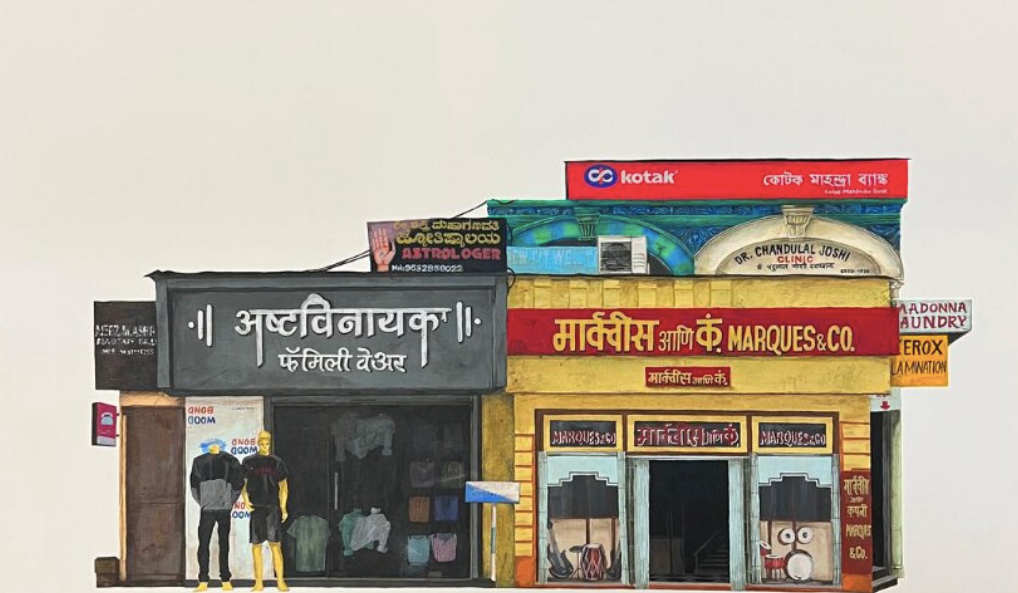
Design has been connecting us for millennia, graphic design is easily influenced by our social norms and political mandates, for example in 2017, the Maharashtra government made it necessary for all shops to have names of shops in Devanagari and Marathi, this is where design intervention came in. So, it is now time to look at visual arts and the world beyond us through the lens of Graphic design and give new meaning to the word ‘art’.

